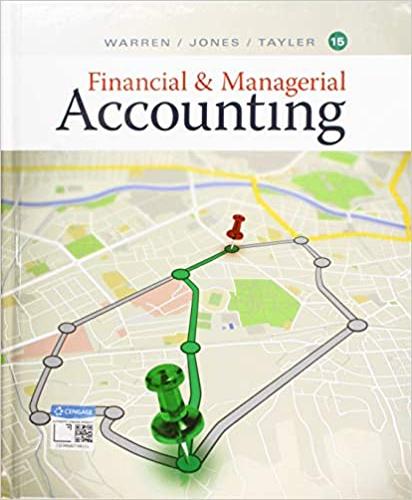Comparative financial statements for Weller Corporation, a merchandising company, for the year ending December 31 appear below. The company did not issue any new common stock during the year. A total of 700,000 shares of common stock were outstanding. The interest rate on the bond payable was 10%, the income tax rate was 40%, and the dividend per share of common stock was $0.75 last year and $0.40 this year. The market value of the company's common stock at the end of this year was $22. All of the company's sales are on account. Weller Corporation Comparative Balance Sheet (dollars in thousands) This Year Last Year Assets Current assets: Cash $ 1,220 $ 1,380 Accounts receivable, net 9,600 7,800 Inventory 12,400 11,900 Prepaid expenses 640 630 Total current assets 23,860 21, 710 Property and equipment: Land 9,700 9,700 Buildings and equipment, net 49,524 35, 233 Total property and equipment 59,224 44,933 Total assets $83,084 $66,643 Liabilities and Stockholders' Equity Current liabilities: Accounts payable $19,200 $18,000 Accrued liabilities 1,070 840 Notes payable, short term 160 160 Total current liabilities 20,430 19,000 Long-term liabilities: Bonds payable 9,200 9,200 Total liabilities 29,630 28,200 Stockholders' equity: Common stock 700 700 Aanslidin ranital 1 Weller Corporation Comparative Balance Sheet (dollars in thousands) This Year Last Year $ 1,220 9,600 12,400 640 23,860 $ 1,380 7,800 11,900 630 21, 710 9,700 49,524 59,224 $83,084 9,700 35,233 44,933 $66,643 Assets Current assets: Cash Accounts receivable, net Inventory Prepaid expenses Total current assets Property and equipment: Land Buildings and equipment, net Total property and equipment Total assets Liabilities and Stockholders' Equity Current liabilities: Accounts payable Accrued liabilities Notes payable, short term Total current liabilities Long-term liabilities: Bonds payable Total liabilities Stockholders' equity: Common stock Additional paid-in capital Total paid-in capital Retained earnings Total stockholders' equity Total liabilities and stockholders' equity $19, 200 1,070 160 20,430 $18,000 840 160 19,000 9,200 29,630 9,200 28, 200 700 4,000 4,700 48,754 53,454 $83,084 700 4,000 4,700 33,743 38,443 $66,643 WE ULEI LUI PUTOLLUN Comparative Income Statement and Reconciliation (dollars in thousands) This Year Last Year Sales $80,040 $64,000 Cost of goods sold 35,235 41,000 Gross margin 44,805 23,000 Selling and administrative expenses: Selling expenses 11,500 10,600 Administrative expenses 6,900 6,600 Total selling and administrative expenses 18,400 17,200 Net operating income 26,405 5,800 Interest expense 920 920 Net income before taxes 25,485 4,880 Income taxes 10,194 1,952 Net income 15,291 2,928 Dividends to common stockholders 280 525 Net income added to retained earnings 15,011 2,403 Beginning retained earnings 33,743 31,340 Ending retained earnings $48, 754 $33, 743 Required: Compute the following financial data for this year: 1. Accounts receivable turnover. (Assume that all sales are on account) (Round your answer to 2 decimal places.) 2. Average collection period. (Use 365 days in a year. Round your intermediate calculations and final answer to 2 decimal places.) 3. Inventory turnover. (Round your answer to 2 decimal places.) 4. Average sale period. (Use 365 days in a year. Round your intermediate calculations and final answer to 2 decimal places.) 5. Operating cycle. (Round your intermediate calculations and final answer to 2 decimal places.) Required: Compute the following financial data for this year: 1. Accounts receivable turnover. (Assume that all sales are on account.) (Round your answer to 2 decimal places.) 2. Average collection period. (Use 365 days in a year. Round your intermediate calculations and final answer to 2 decimal places.) 3. Inventory turnover. (Round your answer to 2 decimal places.) 4. Average sale period. (Use 365 days in a year. Round your intermediate calculations and final answer to 2 decimal places.) 5. Operating cycle. (Round your intermediate calculations and final answer to 2 decimal places.) 6. Total asset turnover. (Round your answer to 2 decimal places.) days 1. Accounts receivable turnover 2. Average collection period 3. Inventory tumover 4. Average sale period 5. Operating cycle 6. Total asset turnover days days










